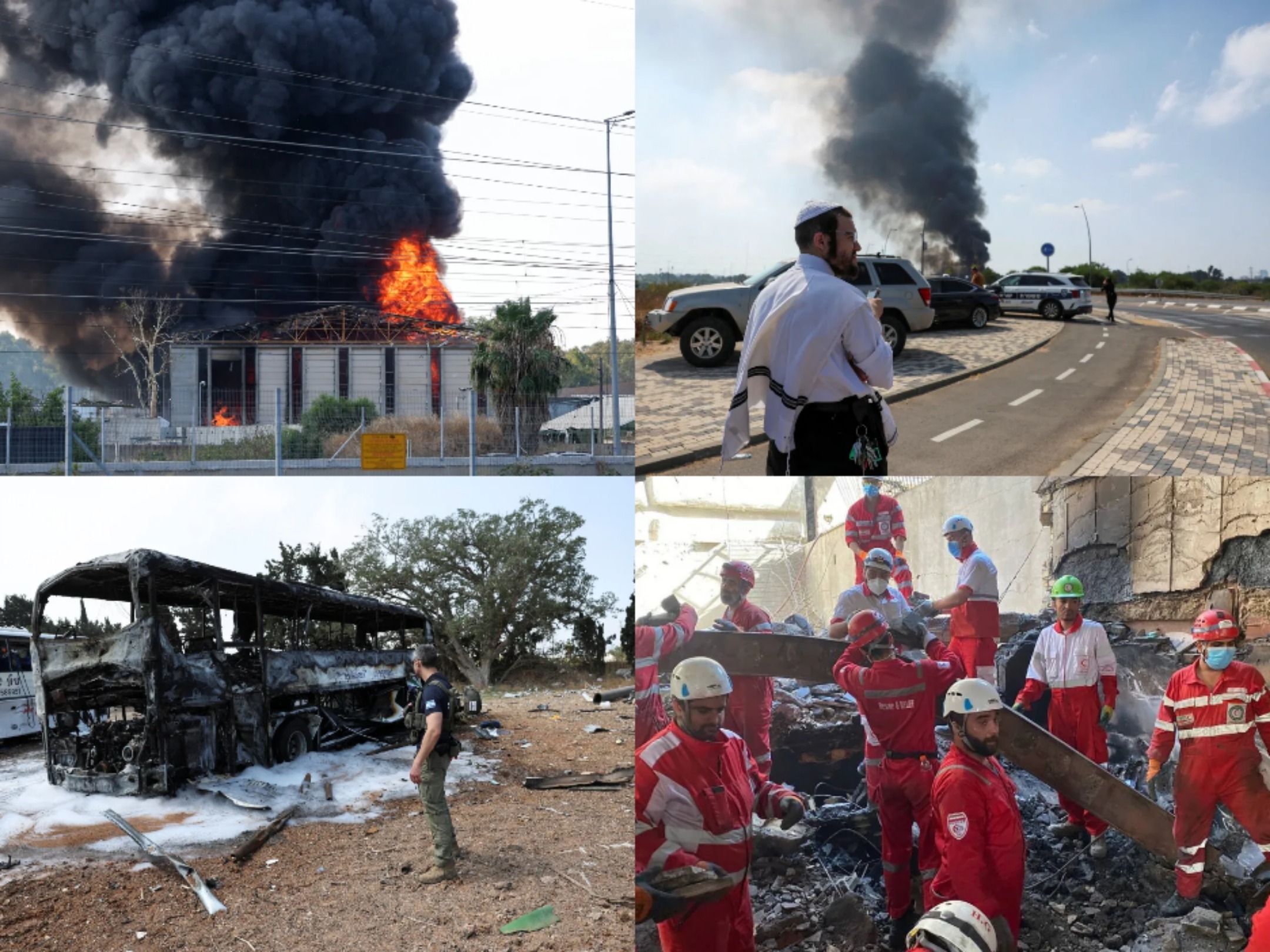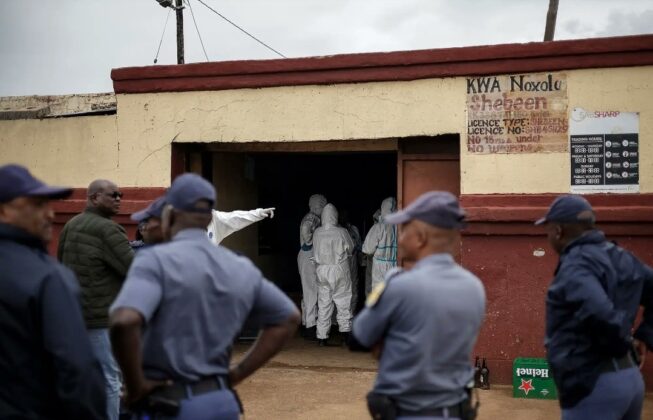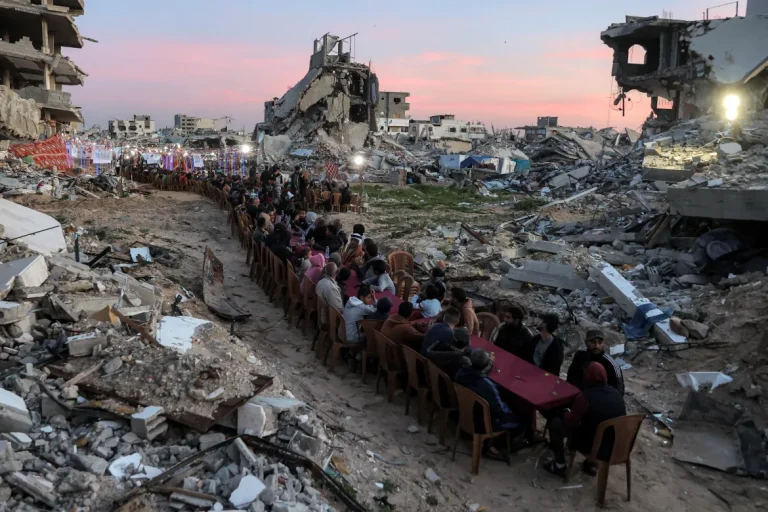
Israel expands air strikes on Tehran and western Iran, targeting military and nuclear sites as conflict with Iran enters a fifth day, leaving hundreds dead and prompting mass civilian evacuations. Image: Jack Guez/AFP.
(The Post News)– The Israel–Iran conflict surged to a new level of intensity on Tuesday, as Israeli warplanes expanded their air strikes deep into Tehran and western Iran, targeting what officials claimed were high-value military installations.
The move comes five days into the war that erupted following a surprise Israeli offensive against Iran’s military and nuclear infrastructure. As explosions rocked Iran’s capital, U.S. President Donald Trump issued a chilling warning on social media, urging Tehran’s residents to evacuate immediately and declaring that Iran “cannot have a nuclear weapon.”
The Israeli military said the latest wave of strikes targeted facilities linked to Iran’s ballistic missile program, elite Islamic Revolutionary Guard Corps (IRGC) compounds, and uranium enrichment bunkers. Local media in Tehran reported sustained aerial bombardment in the west and southern edges of the city, triggering mass panic and a growing civilian exodus. Israel also called for the evacuation of some 330,000 residents from a major Tehran neighbourhood, warning that more strikes were imminent.
Iran, which has suffered more than 220 deaths since the start of the Israeli campaign, including senior military officials and nuclear scientists, has responded with significant force. Over the past few days, Iranian forces have launched more than 370 missiles and hundreds of drones at Israel, with impacts reported in cities such as Tel Aviv, Haifa, and Herzliya. Though most were intercepted by Israel’s Iron Dome defense system, some breached defences, causing at least 24 deaths and over 500 injuries.
The death toll is mounting rapidly. Iran says 224 of its citizens have been killed, including dozens of women and children. Israel, facing its casualties and rising domestic tension, continues to justify its operation as a preemptive effort to halt what it calls Iran’s imminent nuclear threat. Iranian officials, meanwhile, accuse Israel of engaging in war crimes and vow further retaliation if the airstrikes continue.
President Trump’s statement further escalated global alarm. Having cut his G7 visit in Canada short to return to Washington, Trump warned that the conflict could escalate to catastrophic levels if not checked. “Everyone should immediately evacuate Tehran,” he wrote on social media, without providing specifics on the intelligence behind the warning. The White House later confirmed that Trump had been briefed on potential retaliatory threats from Iran and was in “constant contact” with Israeli leadership.
The humanitarian situation is worsening across multiple fronts. In addition to the chaos in Iran, Gaza has suffered one of the deadliest episodes of the war. At least 51 Palestinians were killed and over 200 injured in Khan Younis after Israeli troops reportedly opened fire near stalled aid convoys. Gaza’s Health Ministry described the event as a massacre, fueling protests across the Arab world and renewed calls for a ceasefire.
International reactions have been swift but largely ineffective. Russia has offered to mediate, with President Vladimir Putin stating his willingness to broker a truce, though the Kremlin admits that Israel has shown “reluctance” toward negotiations. European leaders have urged restraint, while the United Nations has warned of a broader regional collapse if the conflict spreads to Lebanon, Syria, or Iraq, where Iran-backed militias have already signaled support for Tehran.
As both nations escalate their military campaigns and rhetoric, the Israel–Iran war now risks drawing in regional and global powers. With nuclear concerns, mass civilian displacement, and rising casualties, the path forward appears increasingly perilous, and the possibility of a prolonged and destabilising conflict looms large.



